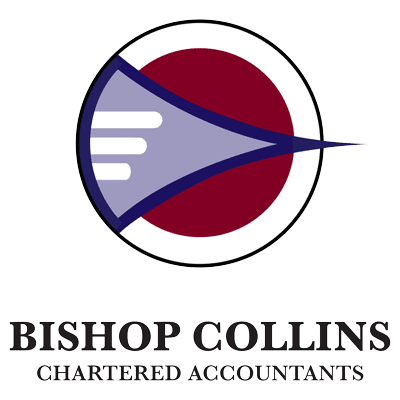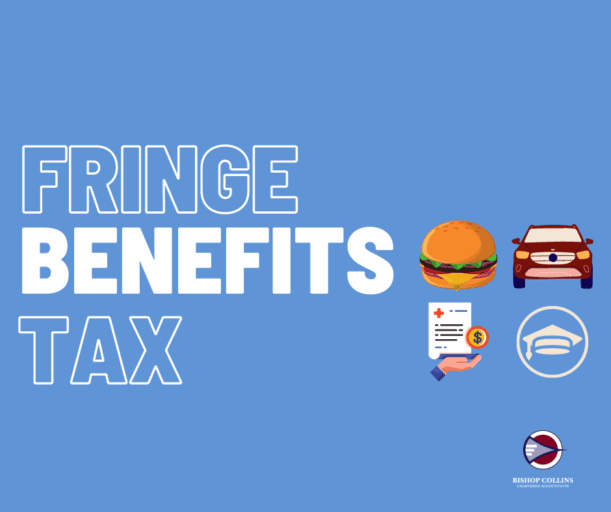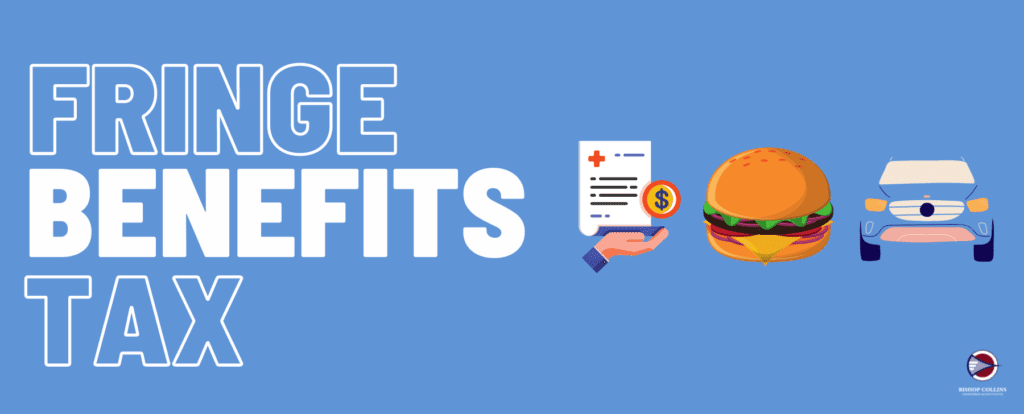
Glenn Harris
Director
What is Fringe Benefits Tax?
Fringe Benefits can help you enjoy some job perks, and, depending on your personal circumstances and type of employer, reduce your taxable income.
Fringe Benefits Tax (FBT) is a tax paid on the benefits provided by an employer to their employees that is in addition to their salary. Examples include the use of a work car or phone for non-business use.
Warning!
A word of warning, the advantages of using Fringe Benefits as a tax minimisation strategy are limited. Many business owners now understand, the complex rules and cost to comply with FBT provide only small value. The biggest advantages are reserved for Charities and Not For Profit organisations, to assist them in attracting employees.
Understanding FBT
Most importantly, when looking at FBT rules, make sure you are not creating unnecessary cost and complexity in employee remuneration.
The ATO offers a Comprehensive Guide to FBT and one we recommend downloading and reading. Click here for the FULL ATO FBT GUIDE
Due to the enormity of the FBT rules we will only cover some of the Fringe Benefits that provide advantages to employees.
Not-for-Profit Organisations and Fringe Benefits Tax (FBT)
Depending on your type of organisation, certain benefits provided to employees receive favourable FBT treatment. Charities that want to access FBT concessions must be registered with the Australian Charities and Not-for-Profits Commission (ACNC) as a charity and endorsed by the ATO.
For Charities and NFP’s salary packaging for employees provides opportunities for considerable tax savings. The logic of providing favourable treatment is, in our view, to level the playing field in attracting talent. Allowing these organisations the ability to compete in the labour market and offer FBT concessions that can be taxed at concessional rates.
Concessions for Not For Profits and charities
Such concessions for NFP’s and Charities include the following:
- FBT Exemption
- FBT Rebate
- Car parking
- Remote area concessions, and
- Certain benefits to religious institutions.
There are eligibility conditions for each so take time to read the ATOs FBT Guide (Link above) or contact your accountant or Bishop Collins Accountants.
Let’s look at the most significant of these concessions, the FBT Exemption.
FBT Exemption
Depending on the status of the organisation an employee can claim between $9,010 of Fringe Benefits for a Public or NFP hospital, and public ambulance service to $15,900 of Fringe Benefits for a Registered Public Benevolent Institution (PBI) and health promotion charity.
Examples of common Fringe Benefit payments that are eligible for the FBT exemption are:
- Mortgage or Loan repayments
- Rent for employees’ residence
- Credit card repayments
- Private Health Insurance
- HECS/HELP repayments
- School fees
There are other expense payments that can be made however, if they attract GST such as gym membership, utility bills or travel, then the amount that can be exempt from FBT is reduced. If all Fringe Benefits payments were made that attracted GST, then the limit is $8,172 and $14,421 respectively.
Be aware of Fringe Benefit Rules
Important notes to be aware of here:
- The Fringe Benefit payment cannot be made direct to the employer’s bank account or in cash. It must be made to a supplier of those services or goods.
- These Fringe Benefit payments on the employee’s behalf add to their HECS/HELP repayment income. However, they are not calculated when working out your periodic HECS/HELP deductions. Employees may need to complete a withholding declaration and provide this to the employer to take out additional HECS/HELP deductions.
Fringe Benefit Tax Example.
The best way to illustrate is to look at an example.
An executive at a registered PBI charity earns $180,000 + super and hears about a great article written by Bishop Collins Accountants. She asks to have $1,325 per month paid by the organisation on her home mortgage account. At the end of the 2022 FBT year she has received $15,900 in benefits and paid no tax on this amount. Assuming all other tax positions have remained constant before and after the change, her tax saving is approximately $6,201 per year.
If she was earning $196,000 plus super and received $15,900 of the above mortgage repayments, her savings would be even greater at approximately $7,473! every year. Not a bad incentive and well worth taking advantage of.
Exempt benefits
Several benefits are exempt from FBT. Although these are popularly called ‘exempt Fringe Benefits’, they are referred to in the FBT legislation as ‘exempt benefits’ – in fact, by definition, an exempt benefit cannot be a Fringe Benefit.
Exempt benefits are not only exempt from FBT, but they are also (with one exception, car expense payments) exempt from Income Tax to the employee.
Some of the more common examples of exempt benefits include:
- Employees private use of a taxi, panel van or utility designed to carry less than 1 tonne
- Accommodation considered to be in a remote area in Australia or overseas
- Parking provided to a disabled employee
- Small business car parking provided to employees where the business has income less than $10million per year.
- Compassionate and some medical travel expenses
- Taxi travel that is single trip beginning or ending at place of work
- Recreational and childcare facilities provided on business premises
- Relocation exemptions – Living Away from Home Accommodation and Food
- Property provided to an employee that is consumed on a working day on the premises eg. Bread roll eaten at lunch on a working day at a bakery.
- Remote area housing
- Otherwise, deductible rule – The expense payment would be otherwise deductible to the employee
- Minor and infrequent benefits less than $300/employee such as Christmas parties and gifts.
- Provision of work-related items such as portable electronic devices, computer software, protective clothing, briefcase, or tools of trade.
- Membership fees and subscriptions such as subscription to trade or professional journal, corporate credit card or airport lounge membership.
PLEASE NOTE: Nearly all the above exemptions have eligibility criteria and provisions that must be considered before adopting.
Car Fringe Benefits
A car Fringe Benefit commonly arises where you make a car you own or lease available for the private use of an employee. A car is taken to be made available for private use by an employee on any day the car is:
- used for private purposes by the employee or associate
- not at your premises, and the employee can use it for private purposes
- garaged at their place of residence, regardless of whether they have permission to use it privately.
Generally, travel to and from work is private use of a vehicle.
Determining Fringe Benefits Tax and the overall benefit to an employee is influenced by several factors. Please contact Bishop Collins to discuss the benefits and likely tax associated with having a car fringe benefit provided by your organisation.



